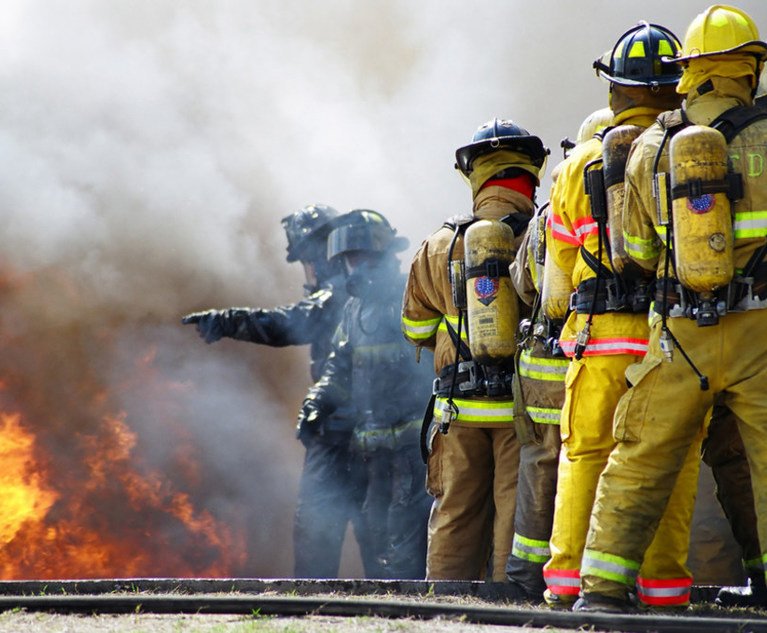 In 1752, a group of firefighters – which included Benjamin Franklin – founded the Philadelphia Contributionship for the Insurance of Houses from Loss by Fire. Photo: Shutterstock.com
In 1752, a group of firefighters – which included Benjamin Franklin – founded the Philadelphia Contributionship for the Insurance of Houses from Loss by Fire. Photo: Shutterstock.com
Editor's note: This column is part of PropertyCasualty360's Foundations of P&C Insurance series, which aims to bring new insurance professionals up to speed, while keeping industry veterans sharp. On Fridays, PC360 will offer up fresh content covering the nitty-gritty details of P&C insurance, tips for professional development, articles looking at the industry's more niche concepts, and the history of certain lines and programs.
|Where did insurance start in the United States?
In 1752, a group of firefighters — which included Benjamin Franklin — founded the Philadelphia Contributionship for the Insurance of Houses from Loss by Fire. They structured the company after the Amicable Contributorship of London, as a mutual insurance company in which policyholders would share risk.
|How the modern insurance framework came to be
In 1799, the first U.S. law considering insurance regulation was passed in Massachusetts, which introduced the concept of state supervision of insurance business.
Recommended For You
Want to continue reading?
Become a Free PropertyCasualty360 Digital Reader
Your access to unlimited PropertyCasualty360 content isn’t changing.
Once you are an ALM digital member, you’ll receive:
- Breaking insurance news and analysis, on-site and via our newsletters and custom alerts
- Weekly Insurance Speak podcast featuring exclusive interviews with industry leaders
- Educational webcasts, white papers, and ebooks from industry thought leaders
- Critical converage of the employee benefits and financial advisory markets on our other ALM sites, BenefitsPRO and ThinkAdvisor
Already have an account? Sign In Now
© Touchpoint Markets, All Rights Reserved. Request academic re-use from www.copyright.com. All other uses, submit a request to [email protected]. For more inforrmation visit Asset & Logo Licensing.








